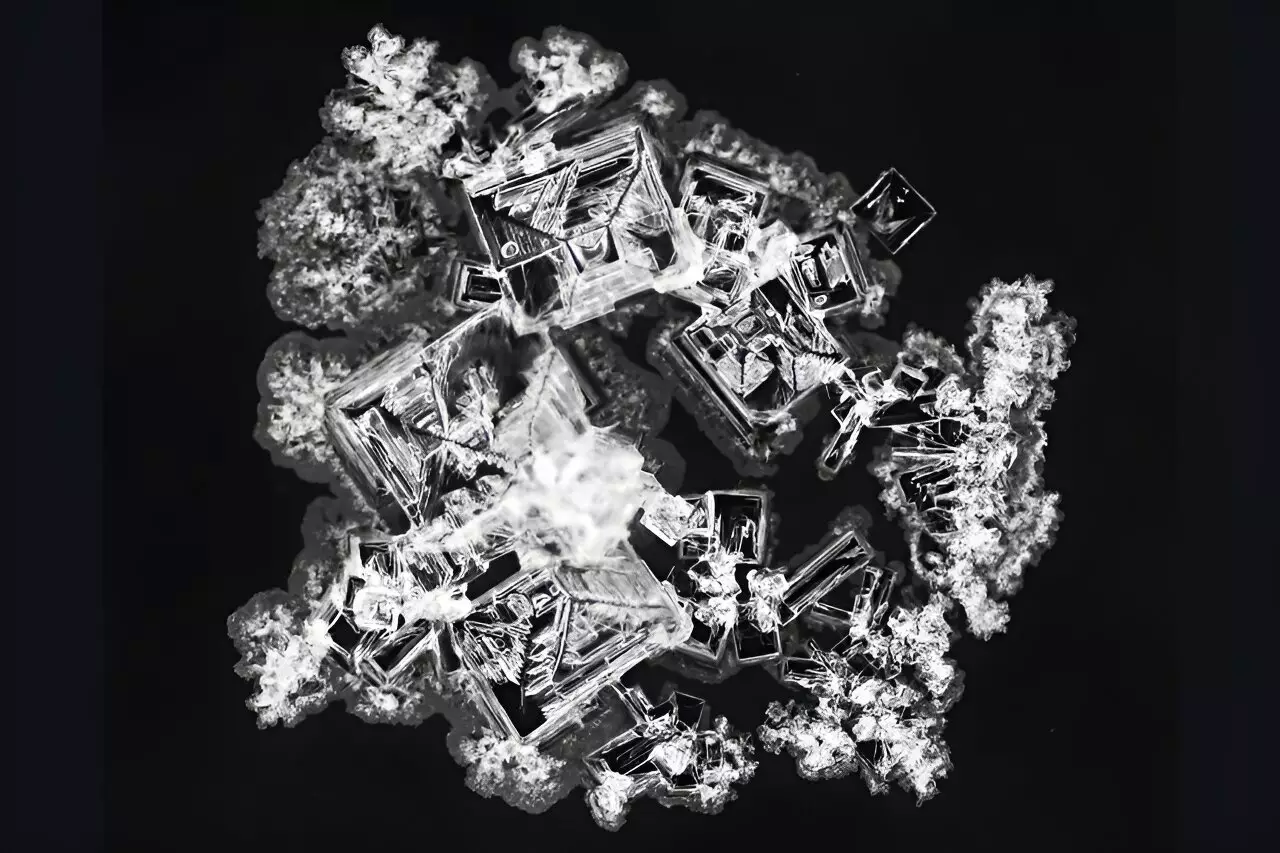Imagine staring at a tiny, dried droplet of salt solution, a seemingly mundane object that transforms into an intricate spectacle of nature’s artistry on closer inspection. Each abstract design, though it may only cover the area of a penny, embodies a unique narrative about the type of salt it originated from. This fascinating blend of art and science is the foundation of groundbreaking research conducted by scientists at the Florida State University (FSU) Department of Chemistry and Biochemistry. Their innovative approach uses the extravagant patterns formed by evaporating salt solutions to develop a machine learning algorithm capable of identifying various salts based solely on visual information. This pioneering work, boldly published in the Proceedings of the National Academy of Sciences, signifies not only a leap in analytical chemistry but also a paradigm shift in how we perceive dried salt solutions.
Challenging Conventional Wisdom
In the world of chemistry, identifying salts has traditionally required laborious and time-consuming methods, usually involving chemical analyses that demand extensive lab resources. However, the FSU researchers, led by the insightful Oliver Steinbock, approached the problem with an entirely different mindset. Instead of relying on conventional testing procedures, they focused on the outcome—the stunning patterns that emerged as salt solutions dried. Their hypothesis was daring yet straightforward: could they interpret these visually striking configurations to decode the salts’ identities? In an impressive display of depth and innovation, Steinbock and his team begun to unravel this enigma, marrying chemistry with cutting-edge technology.
From Patterns to Predictions
To bring their ambitious idea to life, the researchers captured 7,500 photographs of 42 different salt deposits. Employing a novel software methodology, they translated each image into quantifiable metrics—16 parameters in total that included deposit area, compactness, and texture. This transformative process allowed them to distill the beauty of crystalline formations into numerical data that machine learning algorithms could process more efficiently. As they tested their program with additional images outside the initial dataset, they made a staggering discovery: the algorithm accurately identified the correct salt composition in 90% of its attempts. “It’s astonishing,” said Steinbock, reflecting on the unexpected success. “Who would have thought you could discern a difference between sodium chloride and potassium chloride just by examining a picture?”
Envisioning Future Applications
The implications of this research extend far beyond academic curiosity; they open up a treasure trove of applications across various fields. For instance, envision a rover on Mars equipped with this technology, eliminating the need for cumbersome and expensive chemical laboratories. Instead, a camera could analyze soil samples and provide quick insights into the chemical landscape of another planet. Furthermore, this technique could revolutionize lab safety protocols, enabling rapid screening of potentially hazardous materials or unknown substances with minimal sample requirements—just a few milligrams, to be precise. This aspect is particularly appealing for environments lacking advanced medical facilities, where quick diagnostic tools could save lives.
The Role of Automation in Tomorrow’s Discoveries
As the demand for accuracy increases, so does the necessity for automation. Steinbock’s group is actively testing a cutting-edge robotic drop imager, designed to streamline the process of capturing and analyzing salt patterns. This advancement points to a future where machines, rather than humans, could carry the vast burden of data interpretation. “The difference is evident,” Steinbock mused. “Machines can refine their algorithms with each new image, whereas human analysts can easily be bombarded by data overload.” This demonstrates a compelling vision for the future of chemical analysis—where machines not only support but also enhance human understanding.
The Beauty of Collaboration
The collaborative spirit underpinning this research further enhances its value. Alongside Steinbock, contributions came from a diverse array of co-authors: Bruno Batista, the paper’s lead author; Semhare Tekle, an undergraduate researcher; Jie Yan from Bowie State University; and Beni Dangi from Florida A&M University. Their combined expertise mirrors the complexity of the work itself—an interdisciplinary effort that bridges chemistry and computer science, highlighting the importance of collaboration in pushing the boundaries of innovation.
The journey from a simple dried salt droplet to a sophisticated chemical identification tool captures the essence of modern scientific inquiry. The seamless blend of art and science not only unravels the secretive nature of chemical compositions but also inspires a future where technology aids humanity in exploring and understanding the world around us. As researchers continue to push the envelope, the potential to redefine our methodologies in chemical analysis feels limitless, beckoning us to witness the beauty behind the science.


Leave a Reply